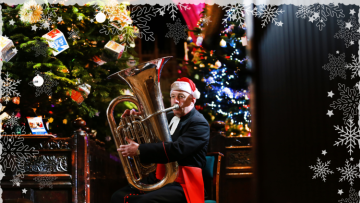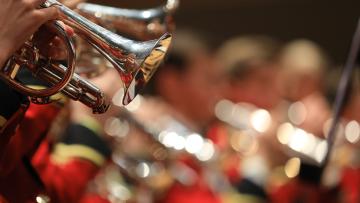You can become a member of BBE either as an organisation or as an individual
18th December 2025
Read three case studies exploring the impact on the communities and networks of those who participated in the first Future Leaders' Programme course.
18th December 2025
Under 25 and interested in shaping the future of brass banding? Our Youth Voice Community offers a welcoming space to do exactly that.
18th December 2025
Find out how three of the first cohort of the Brass Foundation's Future Leaders' Programme graduates found the course, and the impact it's had on their work.
12th December 2025
The panel of adjudicators for the 2026 National Youth Brass Band Championships of Great Britain (Youth Champs), which will take place on Saturday 28 March 2026 at King Edward’s School, Birmingham, has been announced!
10th December 2025
Brass Bands England (BBE) has announced that its Chief Executive Officer, Kenny Crookston, will retire from the position at the end of 2025.
9th December 2025
It's that time again, folks. 2025 is drawing to a close and the BBE Team will be taking their annual break towards the end of the month.
9th December 2025
In November 2025, an updated Code of Fundraising Practice was launched for all charitable fundraising in the UK. This includes activity by charities, community groups and volunteer-led organisations.
9th December 2025
‘Heart of Brass’ - a documentary on Buxton Band (Burbage) and their unbroken 164-year history - can now bed enjoyed at home by streaming on Amazon Prime
19th November 2025
As part of Brass Bands England’s ongoing work to ensure member bands receive the most relevant, high-quality support, we are announcing an important change to the Making Music (MM) membership previously provided through BBE.
18th November 2025
We've launched a new insurance offer for our Member Bands, providing a more flexible and better-value way to protect people, instruments and band assets.
10th November 2025
Calling all youth brass bands: less than 10 places remain at Youth Champs 2026!











